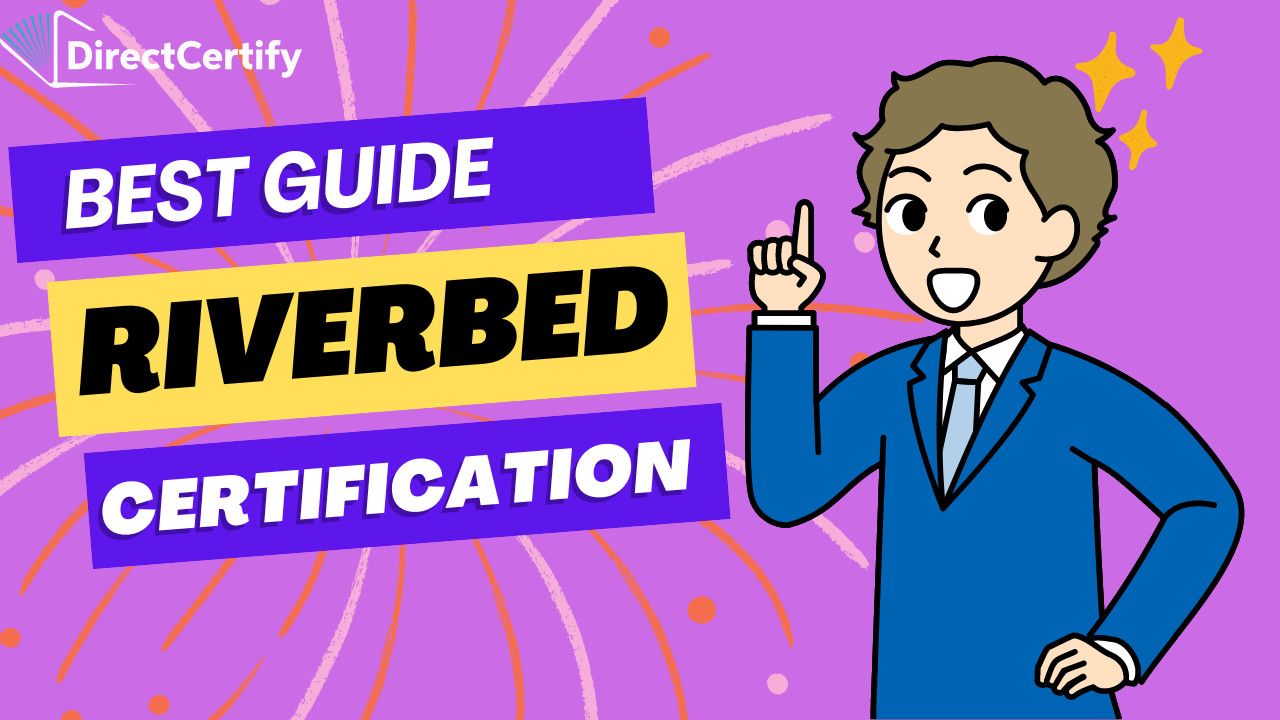
The Best Courses in Web Design: Your Ultimate Guide
Table of Contents
- Introduction
- Importance of Web Design Skills
- Criteria for Selecting the Best Web Design Course
- Top Online Web Design Courses
- Coursera: Web Design for Everybody
- Udemy: The Complete Web Developer Course 2.0
- LinkedIn Learning: Web Design and Development
- Treehouse: Web Design Track
- edX: Professional Certificate in Web Design
- Top In-Person Web Design Courses
- General Assembly: Web Design Immersive
- CareerFoundry: UI Design Program
- Noble Desktop: Web Design Certificate
- University Programs
- Course Comparison Table
- Conclusion
- FAQs
Introduction
In today’s digital age, web design has become a crucial skill for anyone looking to create an online presence. Whether you’re a business owner, a marketing professional, or a budding designer, understanding the fundamentals of web design can help you build attractive, user-friendly websites that stand out. With countless courses available, finding the right one can be overwhelming. This article aims to guide you through Which is the best course in Web design? helping you make an informed decision.
Importance of Web Design Skills
Web design skills are essential for various reasons:
- First Impressions: A well-designed website creates a positive first impression.
- User Experience: Good design enhances usability, making it easy for visitors to navigate and find information.
- SEO Benefits: Proper design and structure improve search engine rankings.
- Brand Identity: Consistent and professional design strengthens your brand image.
- Competitive Edge: Quality design sets you apart from competitors.
Criteria for Selecting the Best Web Design Course
When choosing a web design course, consider the following criteria:
- Content Quality: Ensure the course covers essential topics like HTML, CSS, UX/UI principles, and responsive design.
- Instructor Expertise: Look for courses taught by experienced professionals.
- Course Format: Decide if you prefer online, in-person, or a hybrid format.
- Certification: Check if the course offers a certificate of completion.
- Student Reviews: Read feedback from past students to gauge the course’s effectiveness.
- Cost: Consider your budget and the course’s value for money.
Top Online Web Design Courses
Coursera: Web Design for Everybody
Overview: This course by the University of Michigan covers the basics of web design, including HTML5, CSS3, and responsive design. It’s ideal for beginners.
Pros:
- Beginner-friendly
- Taught by university professors
- Offers a certificate
Cons:
- Limited advanced content
Udemy: The Complete Web Developer Course 2.0
Overview: This comprehensive course covers web development from scratch, including HTML, CSS, JavaScript, and more. It’s suitable for beginners to intermediate learners.
Pros:
- Extensive content
- Practical projects
- Lifetime access
Cons:
- Not as structured as academic courses
LinkedIn Learning: Web Design and Development
Overview: LinkedIn Learning offers a variety of web design courses, including a comprehensive path covering design principles, UX/UI, and coding.
Pros:
- Wide range of topics
- Industry-recognized instructors
- Integration with LinkedIn profiles
Cons:
- Subscription-based
Treehouse: Web Design Track
Overview: Treehouse provides a structured curriculum focusing on web design, covering HTML, CSS, visual design, and more.
Pros:
- Project-based learning
- Beginner to advanced levels
- Interactive community
Cons:
- Monthly subscription
edX: Professional Certificate in Web Design
Overview: Offered by the World Wide Web Consortium (W3C), this program covers HTML5, CSS, and JavaScript, providing a solid foundation in web design.
Pros:
- Industry-standard content
- Self-paced
- Certification from W3C
Cons:
- Requires a commitment of several months
Top In-Person Web Design Courses
General Assembly: Web Design Immersive
Overview: This intensive program covers web design from the ground up, including UX/UI design, coding, and project management. Ideal for those seeking a career change.
Pros:
- Hands-on learning
- Networking opportunities
- Career support
Cons:
- High cost
- Requires full-time commitment
CareerFoundry: UI Design Program
Overview: CareerFoundry offers a flexible, mentor-led program focusing on UI design, including web and mobile interfaces.
Pros:
- Personalized mentorship
- Flexible schedule
- Job guarantee
Cons:
- Focuses more on UI than coding
Noble Desktop: Web Design Certificate
Overview: Noble Desktop offers a comprehensive certificate program covering HTML, CSS, JavaScript, and responsive design. Classes are held in New York City.
Pros:
- Expert instructors
- Hands-on projects
- Certification
Cons:
- Location-specific
University Programs
Many universities offer web design courses as part of their continuing education or degree programs. These courses provide in-depth knowledge and are often recognized by employers.
Pros:
- Academic rigor
- Networking opportunities
- Access to university resources
Cons:
- Higher cost
- Longer duration
Course Comparison Table
| Course | Format | Duration | Cost | Certification | Key Features |
|---|---|---|---|---|---|
| Coursera: Web Design for Everybody | Online | 6 months | $39/month | Yes | Beginner-friendly, university-level |
| Udemy: The Complete Web Developer Course 2.0 | Online | Self-paced | $199.99 | Yes | Comprehensive, practical projects |
| LinkedIn Learning: Web Design and Development | Online | Varies | $29.99/month | Yes | Wide range of topics, industry experts |
| Treehouse: Web Design Track | Online | Self-paced | $25/month | Yes | Project-based, interactive community |
| edX: Professional Certificate in Web Design | Online | 5 months | Free, $199 for certificate | Yes | Industry-standard, W3C-certified |
| General Assembly: Web Design Immersive | In-person | 10 weeks | $14,950 | Yes | Hands-on, career support |
| CareerFoundry: UI Design Program | Online | 6-10 months | $6,555 | Yes | Mentor-led, job guarantee |
| Noble Desktop: Web Design Certificate | In-person | 4 months | $2,995 | Yes | Expert instructors, hands-on |
| University Programs | In-person | Varies | Varies | Yes | Academic rigor, networking |
Conclusion
Choosing the best web design course depends on your current skills, career goals, and learning preferences. Online courses offer flexibility and a wide range of topics, while in-person programs provide hands-on experience and networking opportunities. By considering factors such as content quality, instructor expertise, and course format, you can find a course that suits your needs and helps you achieve your web design goals.
FAQs
Q1: Do I need prior knowledge to take a web design course?
A1: Many courses are designed for beginners and do not require prior knowledge.
Q2: How long does it take to complete a web design course?
A2: Course duration varies from a few weeks to several months, depending on the program.
Q3: Are there free web design courses available?
A3: Yes, platforms like Coursera and edX offer free courses with optional paid certificates.
Q4: Can I get a job after completing a web design course?
A4: Completing a course can improve your job prospects, especially if it includes practical projects and certification.
Q5: What software do I need for a web design course?
A5: Basic software includes a text editor (like VS Code), web browsers, and design tools like Adobe XD or Sketch.
By following this guide, you’ll be well-equipped to choose the best web design course and start your journey toward becoming a proficient web designer. Happy learning!






